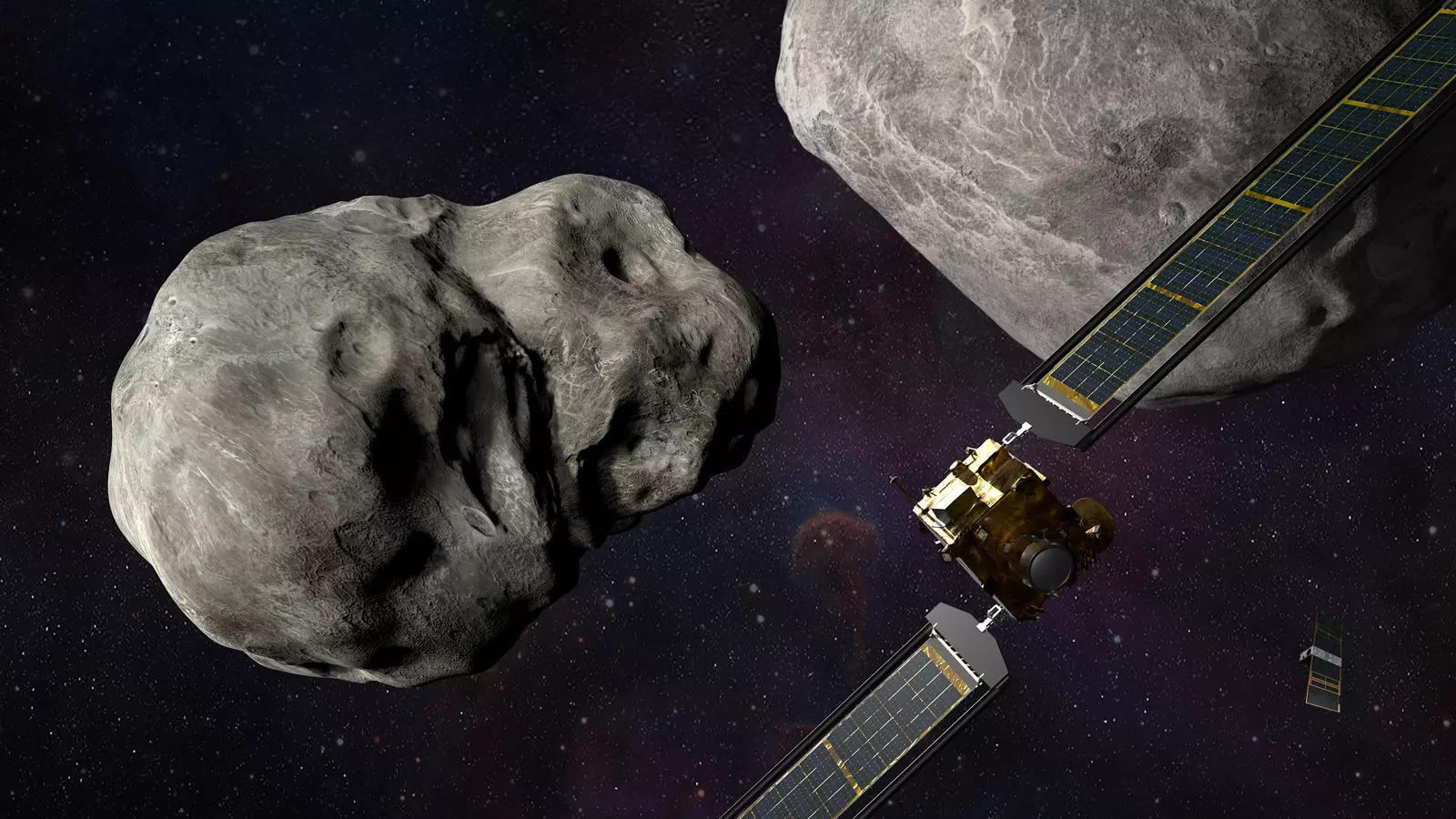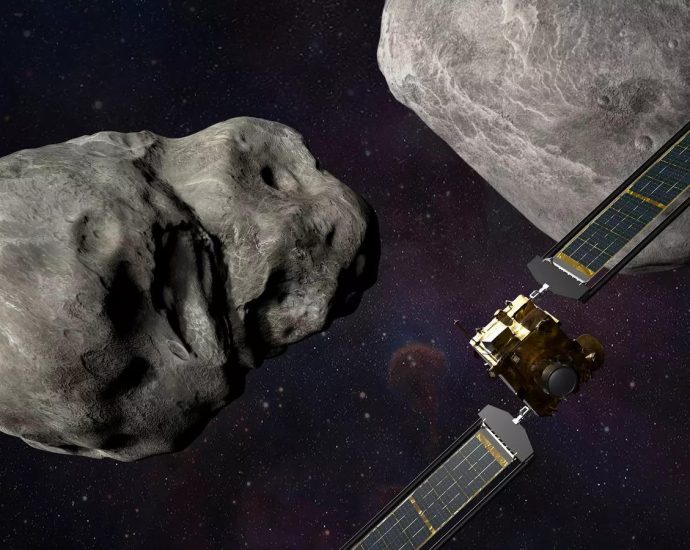The DART mission is scheduled to launch at 1:20 a.m. EST on Nov. 24.

If you’re on the East Coast of the U.S., you may have to set your alarm; the rocket bearing the Double Asteroid Redirection Test (DART) spacecraft is scheduled to blast off at 1:20 a.m. EST (6:20 a.m. GMT) on Nov. 24. Live launch coverage starts Nov. 24 at 12:30 a.m. EST (5:30 a.m. GMT) — you can watch it here on Live Science and on NASA Television, the NASA app and NASA’s website.
DART is bound for the asteroid Didymos, which circles the sun just outside of Earth’s orbital path. The spacecraft will arrive at its target between the end of September and early October next year, and once it gets there, DART will hurl itself into Didymos’ smaller companion, the moonlet Dimorphos, so that scientists on Earth can measure the effectiveness of a controlled collision for deflecting a potentially hazardous asteroid.
A SpaceX Falcon 9 rocket will carry DART into space, launching from Vandenberg Space Force Base near Lompoc, California.
Didymos is a binary asteroid system, which means that it has two bodies. The larger one is shaped like a spinning top and measures about 2,600 feet (780 meters) in diameter, while the smaller — Dimorphos —measures around 525 feet (160 m) in diameter, according to NASA.
Didymos is a near-Earth object (NEO), which means that it approaches Earth within 1.3 astronomical units (120.9 million miles, or 194.5 million kilometers). It’s not considered to be a threat to our planet (and it won’t be after the impact, either). Scientists selected Didymos as DART’s target because crashing the spacecraft into Dimorphos is expected to shift the moonlet’s orbit into a slightly different path around the larger body. Researchers can then measure changes in the orbital relationship between Dimorphos and Didymos, which will help them to calculate how this tactic could divert an asteroid on a collision course with Earth.
Astronomers discovered the asteroid in 2006, and confirmed the existence of its orbiting moonlet in 2003. Didymos will be approximately 6.8 million miles (11 million km) from Earth at the time of DART’s collision with Dimorphos, which is expected to take place between Sept. 26 and Oct. 1 in 2022, and when it crashes into the asteroid it will be traveling at a speed of about 15,000 mph (24,000 km/h) NASA said.
Can’t wait until launch day? NASA will also broadcast prelaunch programming and science briefings on the agency’s website starting on Sunday (Nov. 21), according to a statement.





















